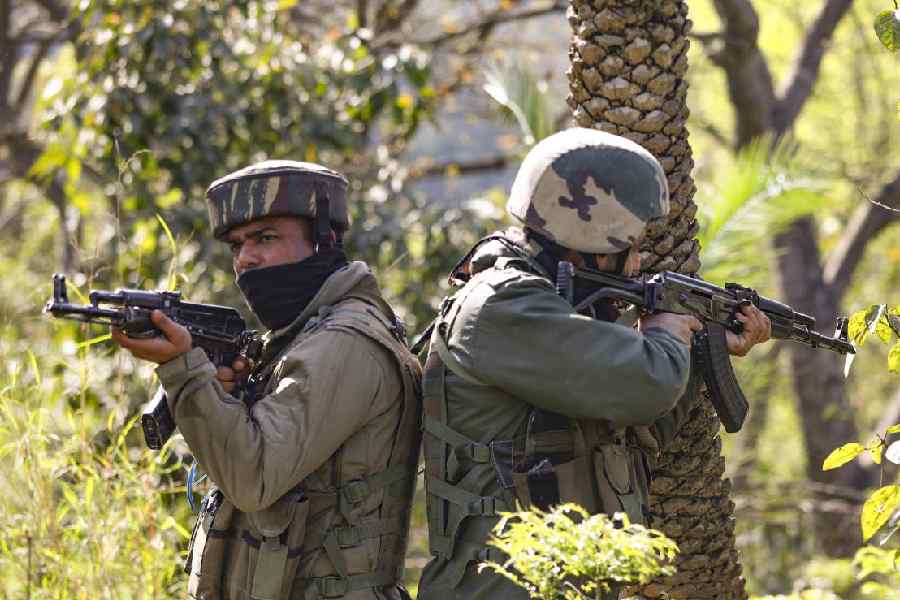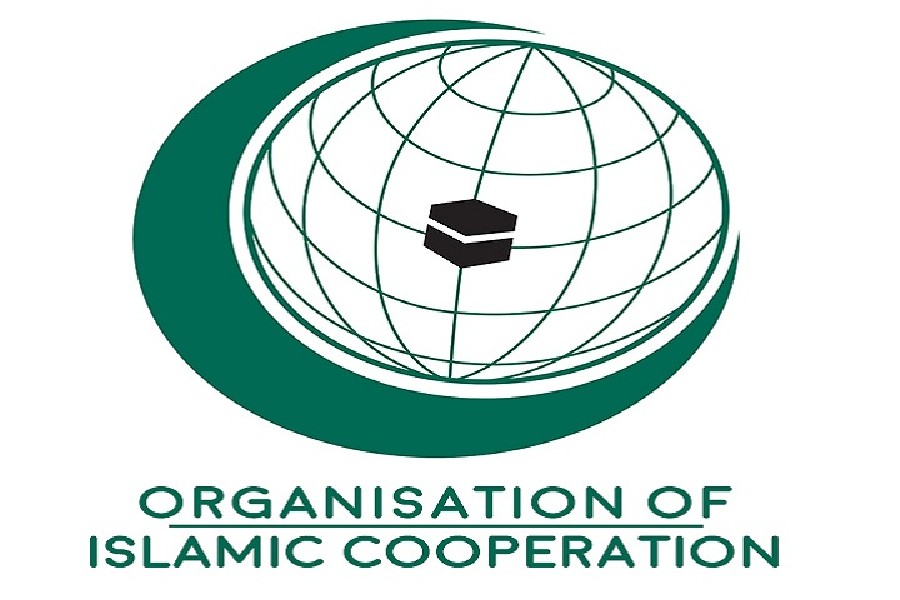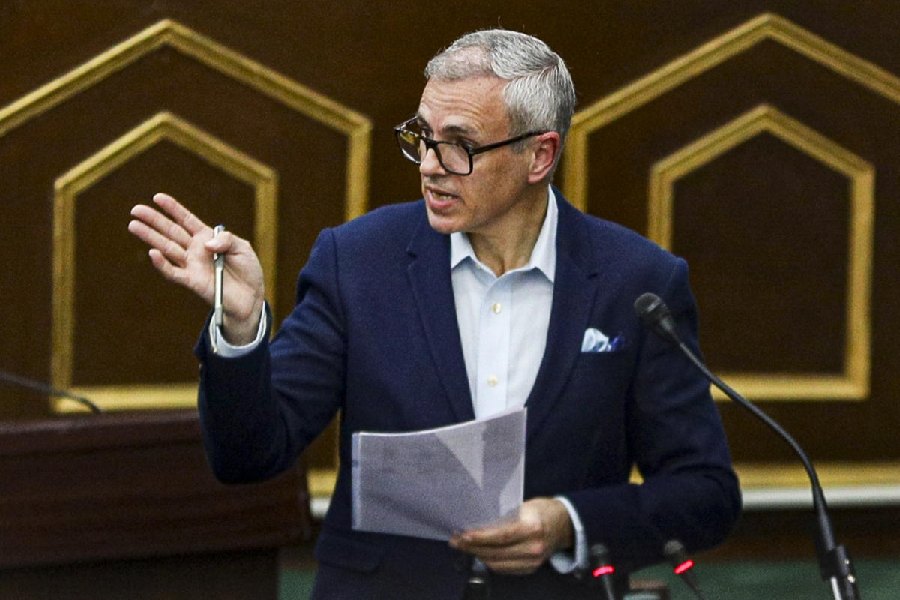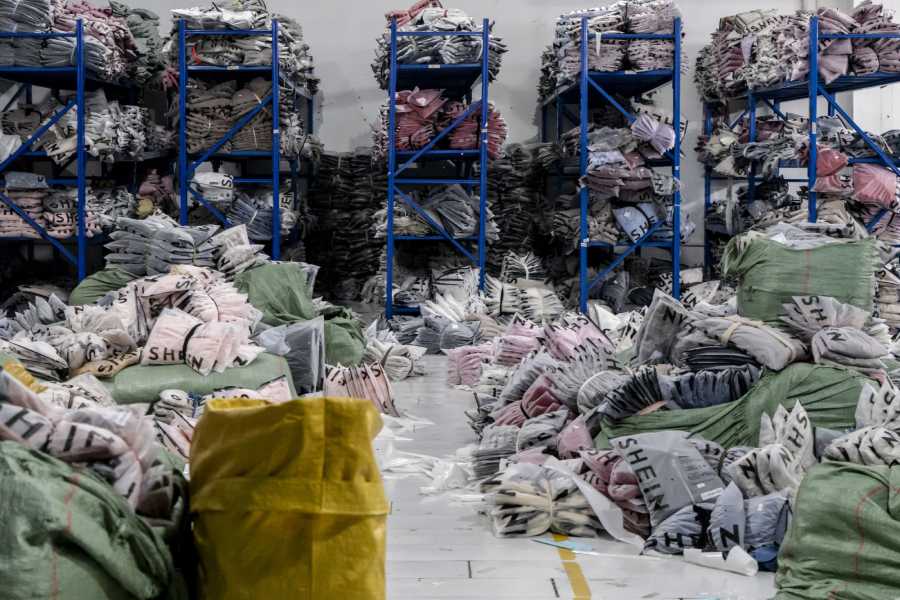New Delhi, Jan. 5: Physicists in India are looking for industrial partners to build the country's largest underground laboratory to study ghost-like subatomic particles called neutrinos following the Union cabinet's approval to the project.
The cabinet had on December 24 approved the Rs1,500-crore project to build the Indian Neutrino Observatory (INO) in a cavernous chamber surrounded by a kilometre of rock beneath a mountain in Tamil Nadu's Theni district, project scientists said today.
Physicists hope to use the INO to study neutrinos - tiny subatomic particles from space that interact with almost nothing and pass right through the Earth - and address a major unresolved problem in particle physics: assigning masses to each of three types of neutrinos.
'Understanding the mass hierarchy of the three neutrinos is critical to future advances in particle physics,' Naba Mondal, professor of physics at the Tata Institute of Fundamental Research, Mumbai, and project director of the INO, told The Telegraph.
The neutrino mass hierarchy - determining the order of masses of the electron-neutrino, muon-neutrino, and tau-neutrino - is expected to help scientists advance beyond the Standard Model of physics, an elegant theory that explains the myriad observed subatomic particles.
The INO consortium will now look for construction companies that could carve a 2-km long tunnel into a mountainside and build a giant underground laboratory that should measure 132m in length, 26m in width, and about 30m in height.
Mondal, who will make a presentation on the INO at the Indian Science Congress at the University of Mumbai tomorrow, said the consortium will also look for companies that could build the iron plates and other associated electronics and instruments that will help detect signatures of neutrinos.
The laboratory is expected to become operational by 2020, Mondal said.
Scientists from at least 21 institutions across India, including the University of Calcutta, the Saha Institute of Nuclear Physics, and the Variable Energy Cyclotron Centre, Calcutta, are expected to participate in the INO, designing the laboratory and conducting experiments there.
'I'm extremely happy to hear the INO has been approved,' Amitava Raychaudhuri, Palit Professor of physics at the University of Calcutta, told this newspaper. 'We're hoping it will help us resolve the mass ordering or neutrinos and another fundamental problem - matter-antimatter asymmetry.'
The current laws of physics suggest that the universe should have equal amounts of matter and anti-matter, but all observations suggest the universe is made up of only matter. 'We don't see stars or galaxies made of anti-matter - this is still a mystery,' Raychaudhuri said. The INO, if it is able to resolve the mass hierarchy of the three neutrinos, will make it easier for other experimental laboratories studying neutrinos to tackle the matter-antimatter asymmetry problem.
Neutrinos are the most abundant among subatomic particles, and were created at the origin of the universe and are still being produced inside the cores of the Sun and other stars. But their feeble interactions with other matter make them difficult to detect, requiring large laboratories.
The underground laboratory in Tamil Nadu could also be used to look for evidence of so-called dark matter, an unknown form of matter, which makes up 23 per cent of the total mass of the universe.










